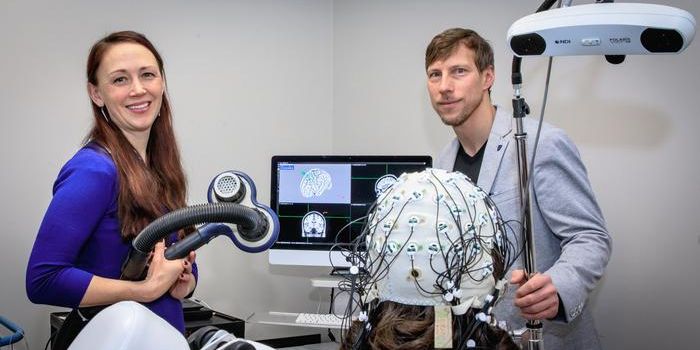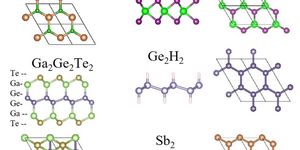Vaccines could also go EV! - A new vaccine delivery system that improves antigen presentation
Vaccination against viruses commonly uses viral proteins to induce an immune response. The vaccine presents the viral proteins as the antigen to which the immune system responds. During natural viral infection, the viral envelope of the viral particle presents these antigens as membrane-bound proteins. For example, the spike protein is a transmembrane protein on the SARS-CoV-2 viral surface that gives it a characteristic 'corona' structure consisting of protrusions. In its native form, the membrane proteins on the virus's surface have a unique conformation that helps provide a 3D shape to the virus. Surface antigens, exposed effectively, allow immune recognition and subsequent response by the host. One challenge with vaccines is that antigens may or may not adopt the same 3D conformation and can lead to either a lack of recognition or ineffective delivery to stimulate the required immune response for protection against disease.
Scientists at Harvard University and the University of Nebraska-Lincoln have collaboratively developed a strategy to increase the efficacy of vaccines that use viral membrane antigens. They have cleverly exploited an existing natural system of extracellular vesicles (called EVs) as a vehicle for vaccine delivery. EVs are nanoscale particles produced by cells containing lipid bilayers to transport cargo out of cells. EVs resemble viral particles in shape and size. Thus, the researchers asked if EVs could carry and present viral antigens on their surface.
For an EV-based vaccine to be effective, the viral antigen, a potential vaccine target, must be inserted into the EV membrane. How do the viral particles become embedded in the EV surface? The researchers first demonstrated that if a cell expresses a viral protein alongside a signal for insertion into the EV membrane, it can become embedded in the EV. Next, they attempted to use EVs to deliver the flu vaccine in a mice model system. They observed that the EV-based vaccine resulted in 60-70% flu survival compared to 30% in the unvaccinated group. The vaccine also successfully induced antibody production and was associated with protection against the vaccine. By fusing the viral antigen into a cellular protein that provides the signal for EV production, scientists could exploit cellular machinery to synthesize EVs containing the viral antigen.
Scientists in the study have also considered if EVs will offer an advantage over the mRNA technology currently used to protect against SARS-CoV-2. The EV-based vaccines could be more stable and have higher viability than mRNA vaccines, which have sensitive storage requirements. One of the senior authors of the study, Shi-Hua Xiang says, “Those advantages could eventually push the EV platform to the forefront of vaccine design, production and delivery.”
Sources: EurekAlert!, Science Advances









